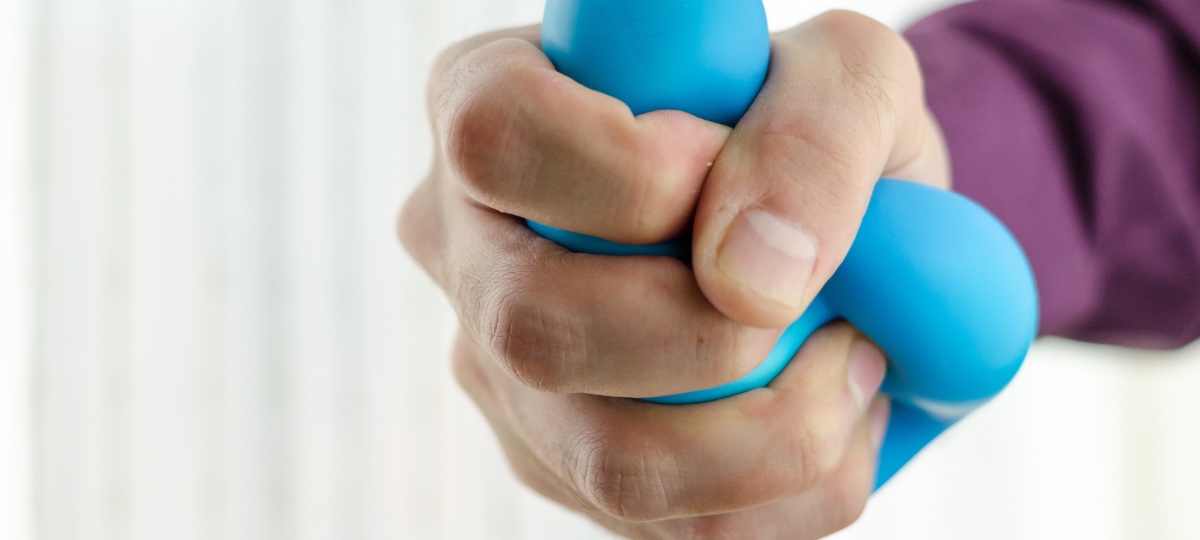Before St. Louis-based Sara Newberry, LMT, transitioned from her traditional massage career to what she considers to be a more body-sustainable technique of barefoot massage, she often dealt with the effects of overuse and exhaustion. “I’ve always been someone who likes to work and make money, so I was definitely taking on a maximum client load,” she says. “It wasn’t long before it started to take its toll.” Looking for an alternative form of practice, Newberry discovered the technique of barefoot massage, also known as the eastern practice of Ashiatsu, which utilizes therapists’ feet to protect their arms and hands from injury.
Self-care is necessary, but it’s also personal, and finding what works best for you is the most effective way to create a self-care regimen. The following features four professionals who, like Newberry, designed their practices toward the sole mission of extending their careers and avoiding physical burnout. Each of their approaches relies on low-impact, low-intensity exercises, many of which can be done in a few minutes in any environment.
Release + Integration
If there is a common denominator among most self-care exercises and techniques, it is in their fundamentally integrative, holistic approach. “Understanding that the therapeutic essence of massage is rooted in mind-body integrative approaches, massage therapists also fully realize that attention to their own self-care becomes most beneficial,” says Wayzata, MN-based, Angela Kneale, OTD, OTR/L. Kneale incorporates the use of foam balls and rollers in her self-care regimen and draws from more than 40 foam-roller massage techniques she developed to release tight, overworked muscles, fascia and connective tissue.
Her attention to the extremities can be particularly beneficial to massage therapists, who researchers at the University of Johannesburg determined are vulnerable to developing osteoarthritic symptoms after extended accumulation of hand-strain injuries. Women massage therapists are, in fact, particularly vulnerable to developing the condition, according to a 2017 study from the University of Johannesburg.
For therapists without access to balls or foam rollers, Kneale suggests this: “Intermittently throughout each day, pause to check in with your breathing, posture and body positioning,” she says. “Take a moment to move your body opposite to the direction of your regular work positions (open across your chest, shoulders, arms, wrists and hands). If comfortable, arch your spine backward.”
Alignment + Stimulation
After a 2019 hysterectomy left her with extensive scar tissue, nerve damage and lower back pain, April Watson struggled to launch her new career in massage therapy. “The physical therapist recommended I do yoga, but it wasn’t working for me,” says the McMinnville, TN-based LMT.
Researching other therapies online, Watson came across the practice of Yamuna, which aims to promote body sustainability through the practice of self-applied exercises meant to stimulate the body’s own alignment and recovery mechanisms. Like Kneale’s techniques, many Yamuna exercises incorporate the use of a rolling-ball accessory. “I found Yamuna worked so much better for me,” Watson says. “It’s just like massage in that it works from insertion to origin to release the muscles. I credit it for healing me and getting me back to work.”
Though much of Yamuna incorporates the branded balls Watson mentions, many of its fundamental principles can be adapted and applied with or without accessories—especially its breath work. “I do the nose-breathing nearly every day, in the middle of my shifts,” Watson says. “Inhale through the nose for six seconds; exhale through the nose for six seconds. It stimulates the parasympathetic nervous system and grounds and calms you immediately.”
Movement + Awareness
Like Newberry, Kathleen Gramzay, LMT, found her way to a healthier, safer version of massage after pain and exhaustion began creeping into daily life. “It came about through my resolving to relieve my own pain from working in that first year of practice,” she says.
Gramzay, based in Scottsdale, AZ, leverages mindful attention and the body’s design for movement to clear muscle tension and fascial restrictions in the connective tissue. Kinessage—the self-care practice she developed—aims to address six specific segments of the body, with each segment assigned a handful of brief and gentle movements.
As an example, Gramzay applies the technique to one of the most common areas of injury for massage therapists: the shoulders. “Start with a pre-assessment of your current range of motion—that’s your starting point,” she says. “Next, place your palm on the front of the shoulder and wrap your fingers around the back of your shoulder so that it is covering the anterior, middle and posterior deltoids.”
After just five or six extensions and retractions of the arm, (softly pressing the palm on extensions; fingers on retractions), range of motion is noticeably improved. Crucial to Kinessage’s success is the ultra-soft application of hands. “We’re engaging the body’s mechanoreceptors and joint receptors to monitor and adjust to the touch and vibration of our hands,” Gramzay says. “The lighter the touch, the more information that is received.”
Barefoot massage has been the difference-maker in maintaining Newberry’s health and extending her career. Still, for extra support, she manages to also fold self-care practices into her daily routine. “I think it’s really important to try to get to the studio at least 30 minutes before my first client, just to practice a little yoga and set my mental tone,” says Newberry, whose barefoot massage practice has enabled her to see more clients per day. “I used to do three or four sessions and be completely wiped out by the time I got home. Now I give five massages most days, take my son to soccer practice, and still have enough energy to share with my family when I get home.”
